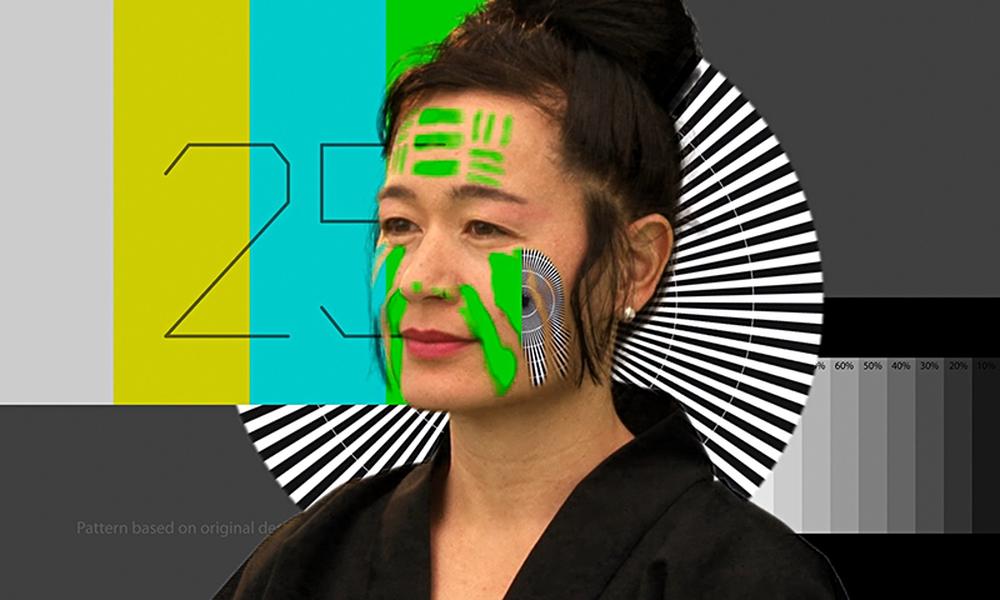Hito Steyerl. When Fiction Becomes Reality

Filmmaker and writer Hito Steyerl has studied philosophy and documentary filmmaking, written journalism, trained as a camera person, and spent her formative days as a stuntwoman and bouncer.1 At seventeen she cast close friend Andrea Wolf in her first film—a feminist remake of Russ Meyer’s 1965 action adventure Faster, Pussycat! Kill! Kill!, only enacting the fighting scenes with a gang of three vigilante women. Steyerl later used footage from the film for November (2004) and Lovely Andrea (2007) to traverse the real-life tragedy of Wolf’s death in Kurdistan, where she had joined the women’s army of the PKK (Kurdish Workers’ Party). When Wolf died, Steyerl envisioned her original action film with Wolf as a form of documentary—albeit contrived—about women fighting for justice.2 The artist’s recirculation of images from the original fiction, interwoven with images of the Turkish government’s repression of the Kurdish struggle for independence, complicates the relationship between fact and fiction.
Stefan Landorf, “Hito Steyerl,” e-flux, October 10, 2012, available at e-flux.com/program/65176/hito-steyerl/. ↩︎
Verónica Tello, “Counter-Memorial Aesthetics in an Era of Contemporaneity: Isaac Julien’s Ten Thousand Waves, Hito Steyerl’s November and Other Engagements with Too Much Time,” in Tello, Counter-Memorial Aesthetics: Refugee Histories and the Politics of Contemporary Art (London: Bloomsbury Academic, 2016), 174–78. ↩︎